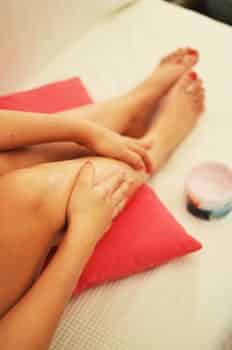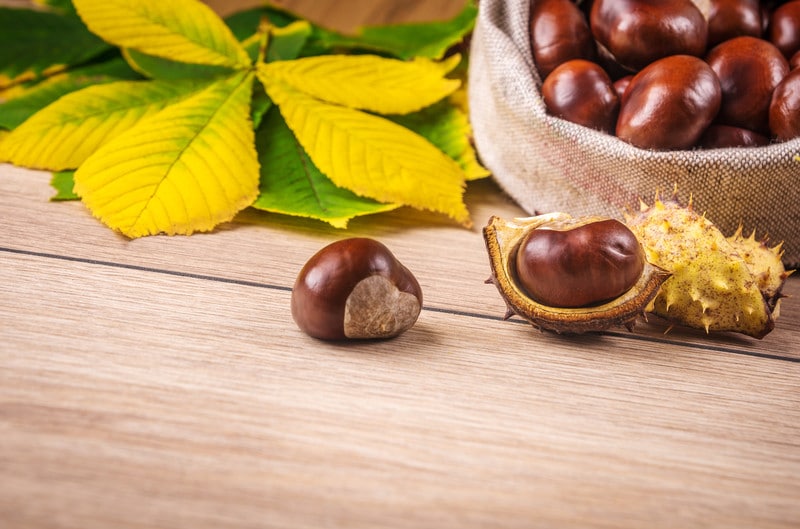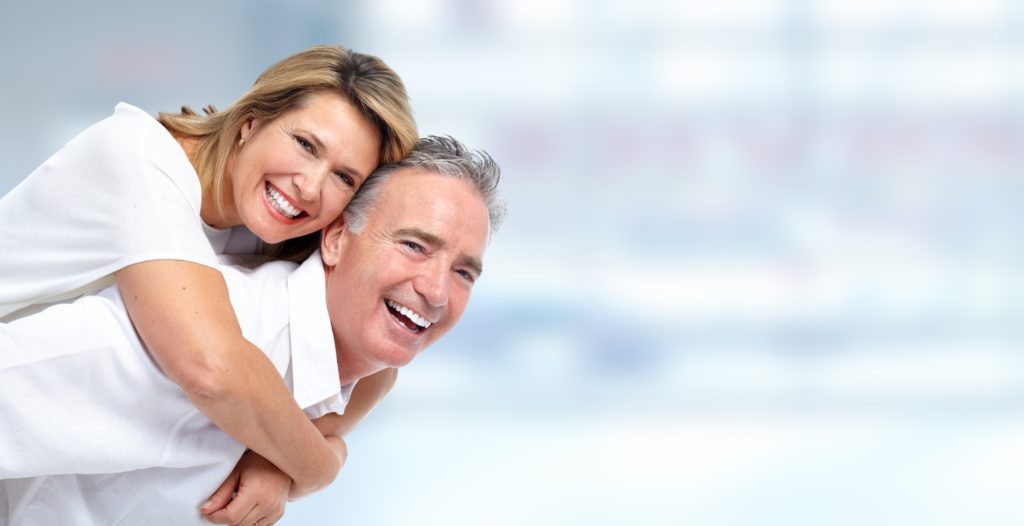
Frustrated with Painful and Unsightly Leg Veins
Painful and unsightly leg veins
With the Arizona heat, a summer day, winter day, or any day is ideal for wearing shorts. But for those with varicose veins or spider veins, the thought of wearing shorts is troubling and leads to severe anxiety. According to the U.S. Department of Health and Human Services, 55% of adult women experience abnormal leg veins as well as 45% of men. If you suffer from varicose veins, you don’t have to resign yourself to living with them if they bother you as there are many ways they can be treated in the office without surgery or painful vein striping.
What are varicose veins? Can varicose veins be prevented? We break it all down for you.
What are varicose veins?
Varicose veins can form when the vein valves that move blood back to the heart weaken and malfunction, resulting in swelling and inflammation. As the valves weaken and no longer keep blood flowing in one direction, the veins become enlarged or stretched due to the abnormal blood flow, blood begins to back up or pool. This often results in bulging, twisted veins with a purple or blue appearance.
Varicose veins most commonly occur in the legs because gravity and other factors make the normal flow of blood returning to the heart more difficult. The lack of circulation and blood pooling means the veins can be painful, make the legs feel heavy or cause a burning, aching, or throbbing sensation.
Why do I have them?
Your genes are the primary factor contributing to your risk for developing varicose veins. When one or both parents have varicose veins, your risk increases. Other contributing factors include pregnancy, obesity, older age, prolonged standing, and physical inactivity.
What do I do about them?
- Physical activity is a great place to start. When we walk, the contraction of the calf muscle helps circulate blood back to our heart, alleviating the build-up that contributes to varicose veins.
- Prescription grade compression socks will also aid with the circulation of blood.
When these aren't enough, new procedures to treat varicose veins are producing excellent results:
- One is the VenaSeal Closure System, which uses medical adhesive and this adhesive is placed in the location along the diseased vein.
- Another is the ClariVein Device, the device uses Mechanico-Chemical Ablation (MOCA). It provokes natural vein spams to produce closure.
- Endovenous ablation is a treatment that uses heat or radiofrequency energy to close off a vein that is not functioning properly, redirecting blood flow through other veins.
- Sclerotherapy uses an injection of a specific chemical to make smaller veins shrink.
Advanced Vein Institute of Arizona
Although there is no cure for varicose veins and venous insufficiency, there are certain varicose vein home treatments you can to help relieve some of the symptoms of aching legs, swelling of legs, itchy legs, leg cramps and restless and heavy legs. Varicose Veins Homeopathic Treatment For those who prefer a homeopathic approach for managing…
Read MoreAre you worried about your varicose veins? A lot of people who have venous insufficiency or vein disease do not realize they have it or how straightforward it is to treat. Symptoms of venous insufficiency or vein disease are progressive and can start as early as your teens and twenties, but will only get worse…
Read MoreCan You Cure Varicose Veins? There are several conservative therapy and management of vein insufficiency options to help with the symptoms associated with varicose veins. None of these methods will prevent or fix the underlying problem. There is no cure for varicose veins or venous insufficiency, once a vein is abnormal (fails to return blood…
Read MoreWhat jobs contribute to getting or worsening varicose veins? When you are in the business of taking care of other people, sometimes you get so busy taking care of them that you forget to take care of yourself. People with active lives and active legs, like fire fighters, paramedics, nurses, police officers, teachers, flight attendants,…
Read MoreCauses of Varicose Veins During Pregnancy There are a number of reasons why women get varicose veins during pregnancy. First, the volume of blood circulating in the body increases to help support your growing baby. However, veins don’t have a way to accommodate the extra volume so sometimes the veins bulge, itch, are painful to…
Read MoreWhat is a Vein Specialist? When the venous system becomes incapable of doing its job effectively, that is when a vein specialist is at their best. A vein specialist is a medical provider whose main focus is the treatment and management of venous disease. Vascular medicine is composed of two different systems, arterial and venous.…
Read MoreCan I Use Essential Oils For Varicose Veins? Essential oils can help to temporarily alleviate symptoms associated with the underlying problem of varicose veins, but they do not prevent, treat, or cure venous disease itself.
Read MoreThere are several treatments available for painful varicose veins According to recent studies, 50 to 55 percent of women and 40 to 45 percent of men in the United States suffer from some type of vein problem. Varicose veins affect half of people 50 years and older, typically found on the thighs, inside the leg,…
Read MoreHigh Temperatures Will Irritate Varicose Veins As hot as it gets in Arizona, we can’t blame the sun for our varicose veins or spider veins as it is not the cause. However, our hot Arizona summers do cause diseased leg veins to get worse, as do hot tubs, heating packs, and prolonged hot baths. Warmer…
Read MoreDoes smoking cause varicose veins or spider veins? The noxious chemicals in cigarettes can do serious damage to your veins and arteries, whether you use tobacco products on a day-to-day basis or on occasion. The signs of damage from smoking often shows up in our vein center patients through the development of spider veins…
Read More


